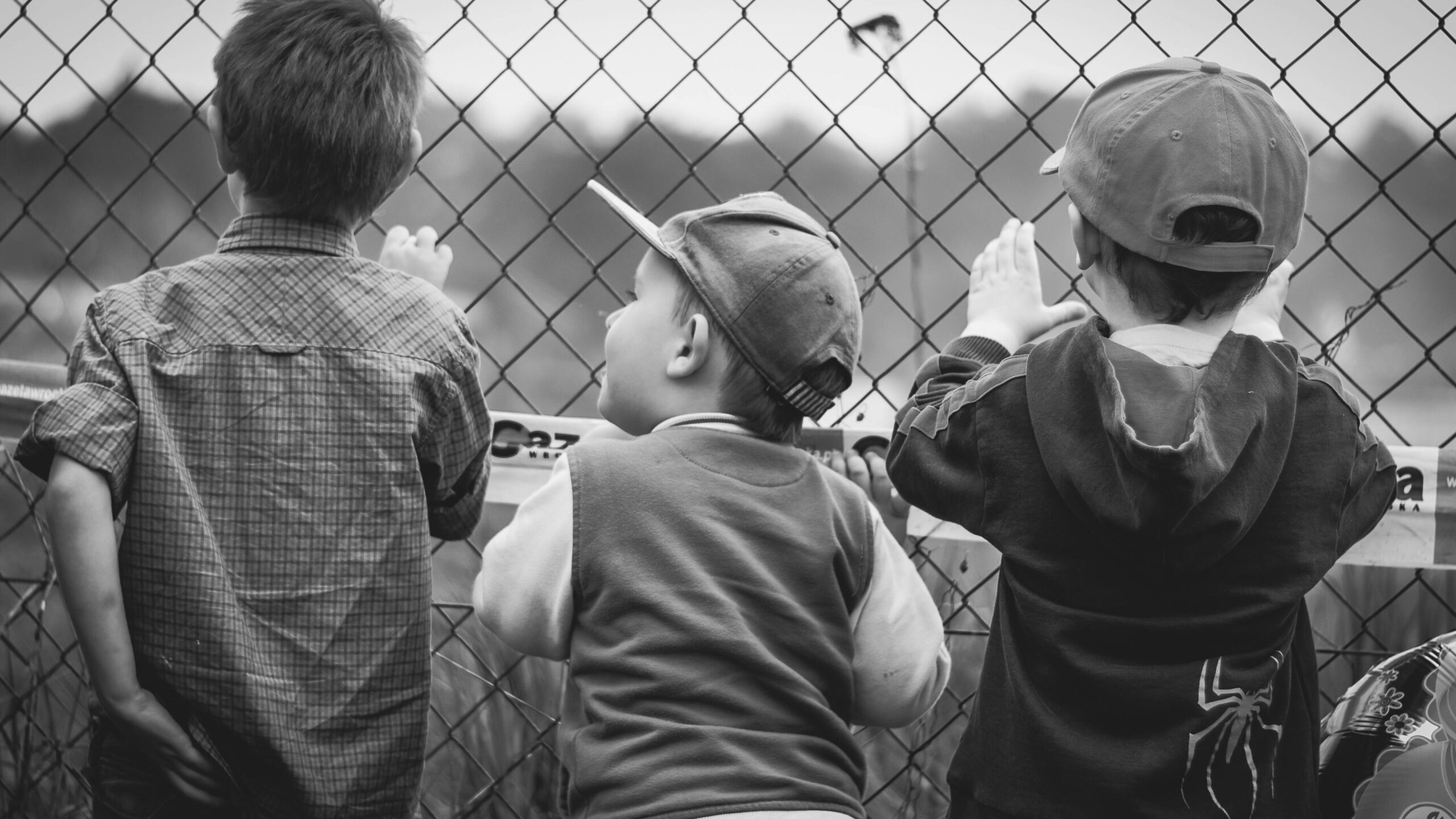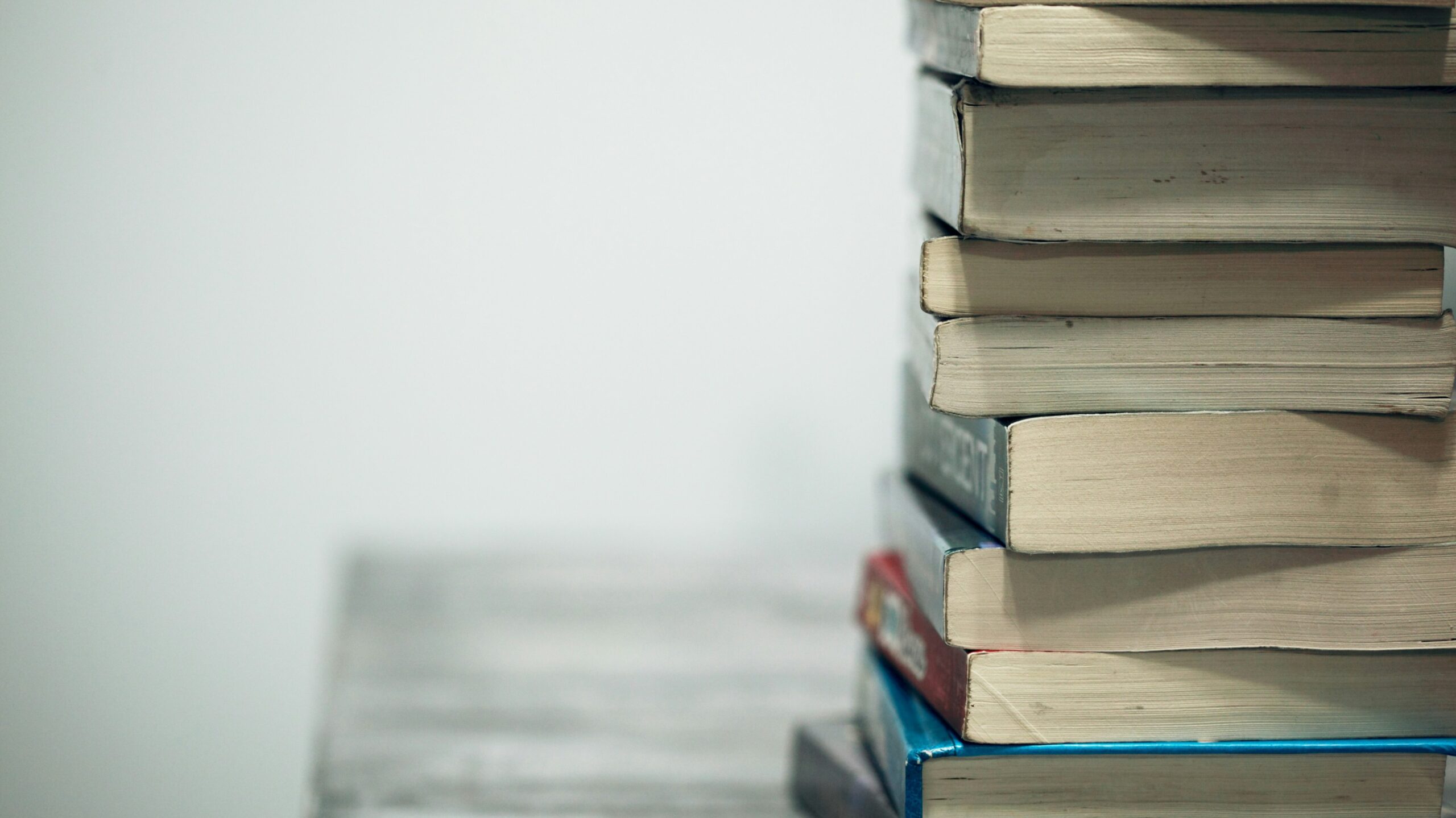Have you ever wondered why some people seem to bubble over with creative ideas while others struggle to think outside the box? The answer may lie in an unexpected place: curiosity. By developing your inquisitiveness, you could significantly boost your creativity and problem-solving skills.
A fascinating study by Wilma Koutstaal and colleagues, published in Scientific Reports, sheds light on the intricate relationship between curiosity and creativity. Their findings suggest that nurturing your natural inquisitiveness could be the key to unlocking your creative potential and improving your innovative thinking.
The Curiosity-Creativity Link: More Than Just a Hunch
We’ve all heard the saying “curiosity killed the cat,” but it turns out curiosity might actually be giving that cat nine lives worth of creative ideas. Koutstaal’s team found that people who asked more novel questions and actively sought out information also tended to perform better on creative tasks and demonstrate enhanced problem-solving abilities.
But here’s where it gets really interesting:
- Novel Questions, Novel Ideas: Participants who asked more unique and original questions during a curiosity task were significantly more likely to generate original ideas in a creative thinking exercise, showcasing improved divergent thinking.
- Information Hunters, Problem Solvers: Those who eagerly sought out answers to fill gaps in their knowledge performed better on problem-solving tasks that required finding the one correct solution, demonstrating enhanced convergent thinking.
Think about it: When was the last time you allowed yourself to really dive deep into a topic that fascinated you, asking questions without worrying about how “silly” they might sound? This kind of exploratory thinking could be the key to developing your creativity.
Breaking Down the Study: How Curiosity Boosts Creativity
Let’s take a closer look at how the researchers uncovered this intriguing connection between curiosity and creative problem-solving:
The Curiosity Q&A Task
Participants were presented with six brief factual statements on various subjects. For example, they might read something like: “Although cochineal may seem like an unusual ingredient used during the manufacturing process of modern-day makeup, it has also been used to dye various other products.”
After reading each statement, participants were encouraged to ask any questions that naturally came to mind. The researchers then evaluated these questions for their novelty and relevance, assessing how they might contribute to creative thinking.
Measuring Creativity and Problem-Solving Skills
To assess creativity and problem-solving abilities, the researchers used several well-established tasks:
- The Alternative Uses Task (AUT): Participants were asked to come up with unusual uses for common objects like a cardboard box or a wooden ruler. This task measures divergent thinking – the ability to generate multiple creative ideas.
- The Figural Interpretation Quest (FIQ): This task involved interpreting ambiguous shapes, pushing participants to see beyond the obvious and tap into their imaginative thinking, another crucial aspect of creativity.
- The Remote Associates Task (RAT): Participants had to find a common link between three seemingly unrelated words, testing their ability to make creative connections and solve problems creatively.
- Analogy Completion: This task required participants to complete analogies, some of which were more challenging and required thinking across different domains, demonstrating creative problem-solving.

The Results: Curiosity Fuels Creativity
The findings were clear: those who asked more novel questions during the Curiosity Q&A task tended to perform better on the creative tasks, especially in generating original ideas on the Alternative Uses Task. This suggests a strong link between curiosity and the ability to think creatively.
Moreover, participants who actively sought out information to fill knowledge gaps (what the researchers called “gap-related information foraging”) performed better on the more convergent thinking tasks like the Remote Associates Task and Analogy Completion. This indicates that curiosity not only enhances creative thinking but also improves problem-solving skills.
Curiosity: The Unsung Hero of Creativity and Innovation
So why does curiosity seem to fuel our creative engines and boost our problem-solving abilities? The researchers suggest a few possibilities:
- Cognitive Flexibility: Being curious often means considering multiple perspectives, which can help you make unique connections and solve problems more creatively. When you’re curious, you’re more likely to approach challenges from different angles, leading to more innovative solutions.
- Knowledge Expansion: The more you learn through curiosity, the more “building blocks” you have for creative ideas and problem-solving. Each new piece of information you acquire becomes a potential ingredient in your creative recipe.
- Comfort with Uncertainty: Embracing curiosity means getting comfortable with not knowing, a crucial skill for creative thinking and innovative problem-solving. When you’re okay with ambiguity, you’re more likely to explore uncharted territories in your thinking.
- Intrinsic Motivation: Curiosity is inherently rewarding. When you’re genuinely interested in a topic, you’re more likely to persist in exploring it, potentially leading to creative breakthroughs and novel solutions to problems.
- Pattern Recognition: Curiosity often involves looking for connections and patterns. This skill can translate directly into creative problem-solving, where identifying novel patterns is key to innovation.
The Two Faces of Curiosity
Interestingly, the study also touched on different types of curiosity and their relationship to creativity:
- Interest-type Curiosity: This is the joy of exploration and learning for its own sake. It’s characterized by statements like “I find it fascinating to learn new information” or “I enjoy learning about subjects that are unfamiliar to me.”
- Deprivation-type Curiosity: This is more focused on solving specific problems or filling particular knowledge gaps. It’s reflected in statements like “I can spend hours on a single problem because I just can’t rest without knowing the answer.”
The researchers found that interest-type curiosity was more strongly associated with divergent thinking and creative ideation. This suggests that cultivating a broad, exploratory curiosity might be particularly beneficial for boosting your creative potential.
Bringing Curiosity into Your Creative Process
Ready to harness the power of curiosity in your own life? Here are some actionable strategies:
- Ask “What If?” Questions: Challenge assumptions and explore possibilities. What if gravity worked differently? What if phones could read minds? Don’t just stop at the first answer – keep pushing your imagination.
- Embrace the Unknown: When you encounter something unfamiliar, resist the urge to immediately Google it. Spend time wondering, speculating, and imagining first. This mental play can lead to unexpected creative insights.
- Follow Your Interests: Set aside time to explore topics that genuinely fascinate you, even if they seem unrelated to your work or goals. You never know when this knowledge might come in handy for a creative solution.
- Practice Mindful Observation: Really look at the world around you. What details have you been missing? What questions arise? Try to notice five new things on your daily commute or in your workspace.
- Create a “Curiosity Journal”: Write down questions that pop into your head throughout the day. Review them later and see what creative ideas they spark. This practice can help you recognize patterns in your thinking and identify areas for further exploration.
- Engage in Interdisciplinary Learning: Expose yourself to diverse fields of knowledge. Read books outside your usual genre, attend lectures on unfamiliar topics, or try a new hobby. Cross-pollination of ideas from different domains is a powerful creativity booster.
- Play the “Explanation Game”: When you encounter a new concept or object, try to explain it to an imaginary five-year-old. This exercise forces you to break down complex ideas and often leads to novel insights.
- Conduct “Curiosity Interviews”: Talk to people about their passions and areas of expertise. Ask questions and genuinely listen. You’ll not only learn new things but also practice the art of asking good questions.
- Embrace Failures as Learning Opportunities: When something doesn’t work out as expected, get curious about why. This mindset can turn setbacks into valuable data for future creative endeavors.
- Create “Idea Collisions”: Regularly bring together unrelated concepts or objects and try to find connections between them. This exercise can train your brain to make creative leaps.

Curiosity in Action: Real-World Examples
Let’s look at how curiosity has fueled creativity and innovation in various fields:
- Steve Jobs and Calligraphy: Jobs took a calligraphy class out of sheer curiosity. Years later, this knowledge influenced the design of the first Macintosh computer, which featured multiple typefaces and proportionally spaced fonts.
- George de Mestral and Velcro: The invention of Velcro came about because de Mestral was curious about how burrs stuck to his clothes and his dog’s fur after a hunting trip.
- Einstein’s Thought Experiments: Many of Einstein’s groundbreaking ideas in physics came from his curiosity-driven “thought experiments,” like imagining riding alongside a beam of light.
- Leonardo da Vinci’s Notebooks: Da Vinci’s insatiable curiosity led him to fill thousands of pages with observations and questions about everything from human anatomy to bird flight, many of which informed his artistic and scientific work.
These examples show how cultivating curiosity in one area can lead to creative breakthroughs in seemingly unrelated fields.
Overcoming Barriers to Curiosity
While the benefits of curiosity are clear, there can be obstacles to embracing it fully:
- Fear of Looking Foolish: Remember, there are no stupid questions. Every great thinker started by not knowing something.
- Time Constraints: It’s easy to fall into the trap of thinking we don’t have time for curiosity. Try to reframe curiosity as an investment in your creative potential.
- Information Overload: In the age of instant information, it’s tempting to quickly look up answers rather than pondering questions. Practice sitting with uncertainty sometimes.
- Fixed Mindset: If you believe your abilities are set in stone, you might be less inclined to explore new areas. Cultivate a growth mindset that sees challenges as opportunities to learn and grow.
The Broader Implications
The findings of Koutstaal’s study have implications beyond individual creativity:
- Education: Schools might benefit from fostering curiosity alongside traditional learning, potentially boosting students’ creative problem-solving skills.
- Workplace Innovation: Companies could create environments that encourage questioning and exploration, potentially leading to more innovative products and solutions.
- Personal Growth: Embracing curiosity can lead to a richer, more engaging life experience, as we continually discover new interests and perspectives.
The Takeaway: Cultivate Curiosity to Boost Creativity
The next time you feel your creative well running dry or you’re struggling with a tough problem, don’t force it. Instead, take a step back and let your curiosity lead the way. Ask questions, seek out new information, and allow yourself to wonder. You might just find that your most brilliant ideas and innovative solutions are waiting to be discovered on the other side of a curious thought.
Remember, creativity and effective problem-solving aren’t just for artists or inventors. Whether you’re a student, professional, or retiree, nurturing your curiosity can lead to more innovative thinking, better problem-solving skills, and a more fulfilling life. It’s about cultivating a mindset of openness, wonder, and continuous learning.
So, what are you curious about today? How might you use that curiosity to boost your creativity or solve a problem in a new way? Share in the comments below, and let’s spark a conversation that could lead to our next big creative breakthrough! Your curious question might be the seed of the next world-changing idea or innovative solution.
And if you want to learn more about the connection between Creativity and faster learning, we have just the article for you: Creativity and Learning: Unlock Your Brain’s Potential for Faster Understanding
References
Koutstaal, W., Kedrick, K., & Gonzalez-Brito, J. (2022). Capturing, clarifying, and consolidating the curiosity-creativity connection. Scientific Reports, 12, 15300. https://doi.org/10.1038/s41598-022-19694-4
